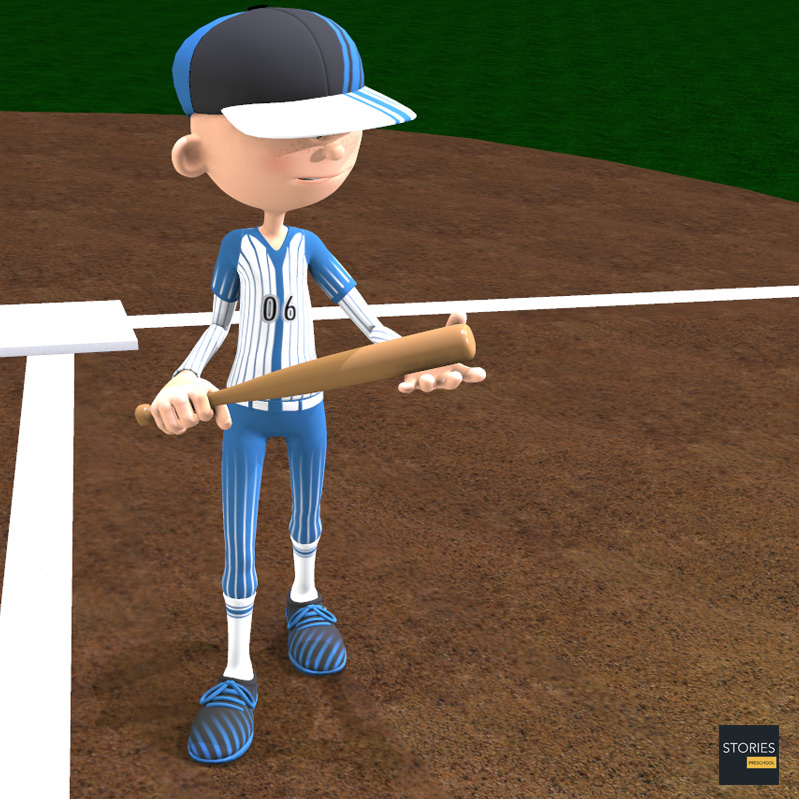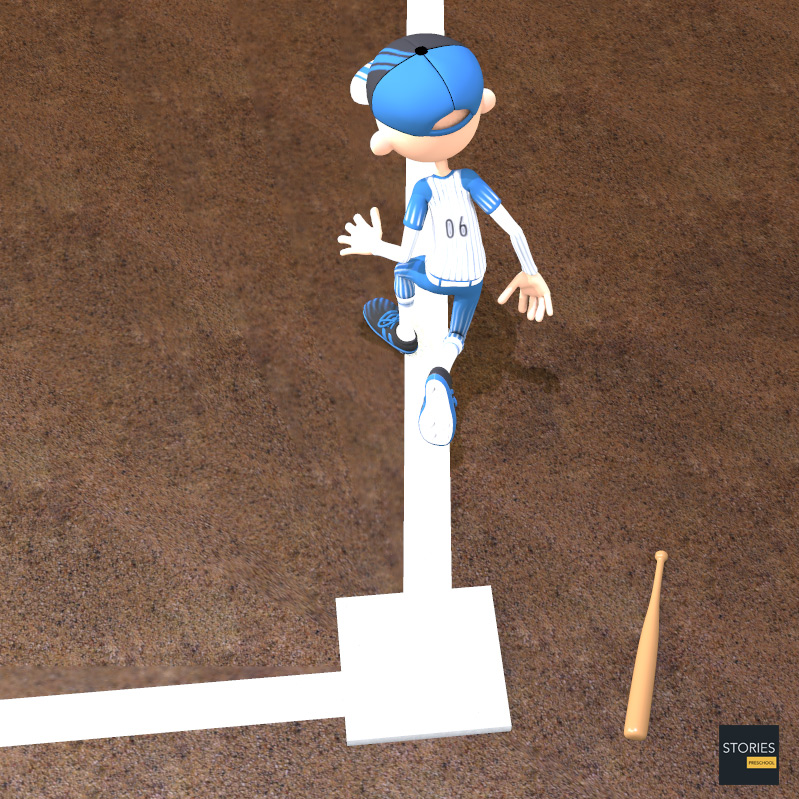Baseball

Baseball Plate Appearance
In baseball statistics, a player is credited with a plate appearance (denoted by PA) each time he completes a turn batting. A player completes a turn batting when: he strikes out or is declared out before reaching first base; or he reaches first base safely or is awarded first base (by a base on balls, hit by pitch, or catcher's interference); or he hits a fair ball which causes a preceding runner to be put out for the third out before he himself is put out or reaches first base safely. In other words, a plate appearance ends when the batter is put out or becomes a runner. A very similar statistic, at bats, counts a subset of plate appearances that end under certain circumstances.

While at bats are used to calculate such important player hitting statistics as batting averages, slugging percentages and on-base percentages, plate appearances have no such statistical value. However, at season's end, a player must have accumulated 502 plate appearances during a season to be ranked in any of these categories. For example, suppose Player A, with 510 plate appearances and 400 at bats, gets 100 hits during the season and finishes with a .250 batting average. And suppose Player B, with 490 plate appearances and 400 at bats, gets 110 hits during the season and finishes the season with a .275 batting average. Player B, even though he had the same amount of at bats as Player A and even though his batting average is higher, will not be eligible for season-ending rankings because he did not accumulate the required 502 plate appearances, while Player A did and therefore will be eligible.
Rule 10.22(a)
Rule 10.22(a) of the Official Baseball Rules make a single allowance to the minimum requirement of 502 plate appearances. If a player has less than that minimum amount, but if that player would win the batting, slugging or on-base percentage title if he had that minimum amount, then the amount of at bats he is short may be added to his at bat (and hence plate appearance) total so that he may win that title (assuming that his batting average, which would have to be recalculated after these extra at bats were added, would still be the best in his respective league).
Calculating
A batter is not charged with a plate appearance if, while batting, a preceding runner is put out on the base paths for the third out in a way other than by the batter putting the ball into play (ex. picked off, caught stealing). In this case, the same batter continues his turn batting in the next inning with no balls or strikes against him.
A batter is not charged with a plate appearance if, while batting, the game ends as the winning run scores from third base on a balk, stolen base, wild pitch or passed ball.
A batter may or may not be charged with a plate appearance (and possibly at-bat) in the rare instance when he is replaced by a pinch hitter after having already started his turn at bat. In this case, the pinch hitter would receive the plate appearance (and potential of an at-bat) unless the original batter is replaced when having 2 strikes against him and the pinch hitter subsequently completes the strikeout. In this case the plate appearance and at-bat are charged to the first batter. (see rule 10.15b)
PA = AB + BB + HBP + SH + SF + Times Reached on Defensive Interference
Other Uses
In common terminology, the term "at bat" is sometimes used to mean "plate appearance" (for example, "he fouled off the ball to keep the at bat alive"). The intent is usually clear from the context, although the term "official at bat" is sometimes used to explicitly refer to an at bat as distinguished from a plate appearance. However, terms such as turn at bat or time at bat are synonymous with plate appearance.
Scoring
Section 10 of the official rules states that an at bat is not counted when the player:
- hits a sacrifice bunt or sacrifice fly
- is awarded first base on four called balls
- is hit by a pitched ball
- is awarded first base because of interference or obstruction

The main use of the plate appearance statistic is in determining a player's eligibility for leadership in some offensive statistical categories, notably batting average; currently, a player must have 3.1 PAs per game scheduled to qualify for the batting title (for the 162-game schedule, that means 502 PAs). Also, it is often erroneously cited that total plate appearances is the divisor (i.e., denominator) used in calculating on-base percentage (OBP), an alternative measurement of a player's offensive performance; in reality, the OBP denominator does not include certain PAs, such as times reached via either catcher’s interference or fielder’s obstruction or Sacrifice Hits.
Plate appearances are also used by scorers for "proving" a box score. If the game has been scored correctly, the total number of plate appearances for a team should equal the total of that team's runs, men left on base, and men put out.
SPORTS

RESOURCES
This article uses material from the Wikipedia articles "Baseball" and "Plate appearance", which is released under the Creative Commons Attribution-Share-Alike License 3.0.
© Stories Preschool. All Rights Reserved.












